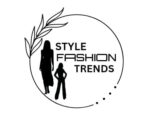Share
Export
Rewrite
Selecting the Ideal Office Wear for a Professional Appearance
Picking the ideal office wear is a balance between professionalism and fashion. A professionally dressed individual not only makes a good impression but also enhances confidence and productivity in the workplace. Whether you are employed in a corporate office, a creative office, or a relaxed startup, it is crucial to grasp the subtleties of office fashion.
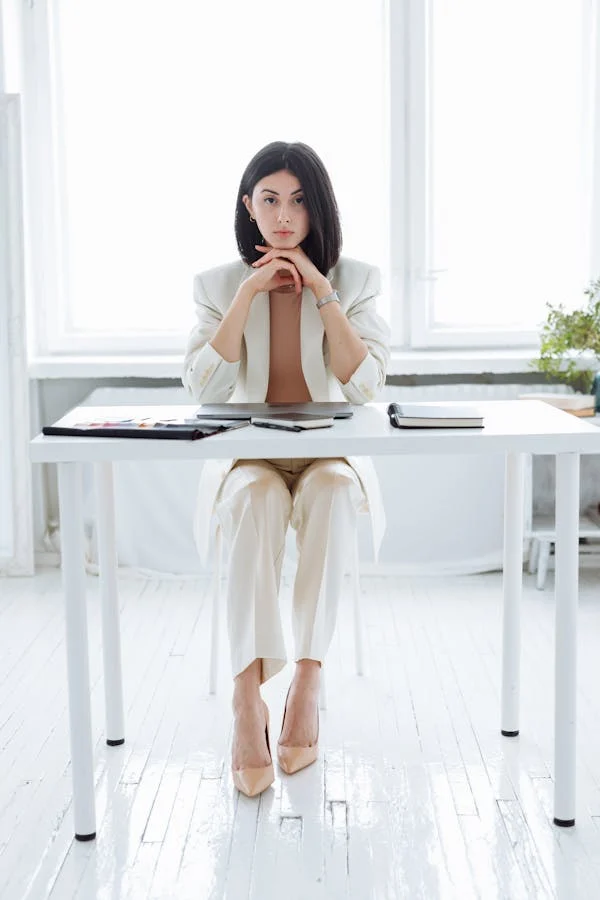

Table of Contents
The Evolution of Office Wear
Office attire has undergone major shifts with the passage of time. From the conventional strict dress codes of suits and formal dresses, the office wear has expanded into more flexible and practicable styles. Today, most workplaces permit a mix of smart casual, business casual, and formal office wear, allowing workers to showcase their personality while upholding workplace propriety.
Learning About Various Office Wear Dress Codes
1.Business Formal Attire
Formal business attire is the most formal kind of professional dress code, typically used in corporate settings, law firms, and managerial jobs. It consists of formalized clothes designs that project sophistication and professionalism.
Men: Dark-colored suits that are tailored, white or light-colored dress shirts, conservative ties, and dress shoes that are polished.
Women: Well-fitted business suits, pencil skirts and blouses, sheath dresses, and closed-toe heels or flats.
2.Business Casual Attire
Business casual is a compromise between formal business wear and casual wear. It accommodates personal style while still being professional.
Men: Dress pants or chinos, button-downs, polo shirts, loafers or dress shoes.
Women: Blouses, fitted skirts, tailored trousers, cardigans, and block heels or elegant flats.
3.Smart Casual Wear
The dress code is common among creative fields and tech startups, with flexibility available while still remaining professional.
Men: Fitting jeans or chinos, collared shirts, blazers, and classy sneakers or loafers.
Women: Blouses, midi skirts, well-fitting jeans, fitted blazers, and ankle boots or flats.
4.Informal Office Attire
At informal workplaces, informal office attire is tolerated. Even at informal work settings, however, attire must be neat and tidy.
Men: Well-fitting jeans or khakis, polo shirts or sweaters, and fashionable sneakers.
Women: Loose dresses, relaxed tops and leggings, blazers, and slip-on shoes or boots.
Basic Clothing Patterns for Office Wear
Timeless Office Essentials for Men and Women
- Blazers and Jackets: A perfectly fitted blazer makes an instant difference, injecting a sense of professionalism.
- Button-Down Shirts and Blouses: White button-down shirts, pale-colored blouses, and muted prints are excellent options.
- Tailored Pants and Skirts: Tailored trousers and knee-length skirts give a refined look.
- Dresses: Sheath and A-line dresses in neutral colors are classy and versatile.
- Footwear: Traditional pumps, loafers, and ankle boots provide comfort and class.
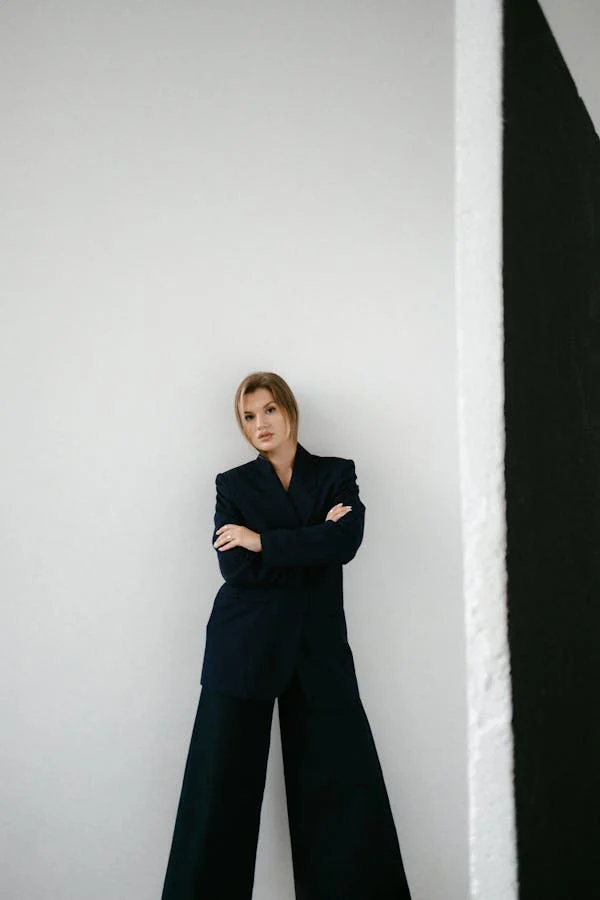

The Role of Fabric and Texture in Office Wear
Cotton: Comfortable and breathable for everyday wear.
Wool: Suitable for formal suits and office wear during winter.
Silk: Provides an affluent look to blouses and scarves.
Polyester Blends: Easy to care for and wrinkle-proof.
Linen: Suitable for summer office wear but must be well ironed.
Adding Colors and Patterns to Office Attire
Professional settings suit neutral colors such as black, navy, grey, and beige. Pinstripes, houndstooth, and subtle floral patterns, however, introduce personality without being too overwhelming.
Office Outfit Accessories
Subtle jewelry, defined handbags, leather belts, and sophisticated watches add to an office attire. Excessive or showy accessories detract from a classy look.
Office Attire Trends and Eco-Friendly Options
Office fashion now includes sustainability trends. Companies are launching eco-friendly materials, ethical designs, and multi-functional pieces that can be worn from work to everyday life.
Embracing the New Era of Workplace Fashion
Office wear is no longer restricted to rigid, conventional clothing. With workplaces evolving, professional fashion has adapted to incorporate modern styles that balance comfort, elegance, and personal expression. Whether you work in a corporate setting, a startup, or a creative industry, selecting the right office attire plays a crucial role in making a lasting impression.
The Importance of a Well-Curated Work Wardrobe
A thoughtfully curated office wardrobe helps professionals exude confidence while maintaining functionality. Investing in versatile pieces that can be styled differently for various occasions ensures a stylish yet practical work look. Choosing high-quality fabrics and tailored fits enhances the overall appearance, making dressing for work effortless.
Contemporary Office Wear Styles for Different Professions
1. Finance and Corporate Sector
Those working in finance, law, or executive positions require polished and structured clothing to reflect professionalism.
- Well-tailored suits in deep hues such as charcoal, navy, and black create a commanding presence.
- High-neck blouses and pleated skirts offer a sophisticated yet stylish alternative.
- A structured handbag and subtle accessories add to the refined aesthetic.
2. Creative Industries and Startups
Tech companies, marketing agencies, and media firms allow a more relaxed approach to office fashion.
- Oversized blazers with ankle-length trousers strike a balance between casual and professional.
- Statement tops paired with neutral bottoms allow creative individuals to express their personality.
- Loafers, stylish sneakers, and trendy boots enhance a modern work look.
3. Healthcare and Education Professionals
Comfort and practicality are key for professionals in the medical and educational fields.
- Breathable tunics, structured cardigans, and loose-fitting trousers ensure all-day comfort.
- Smart, minimal jewelry complements a fuss-free yet polished look.
- Slip-on flats, block heels, and comfortable loafers make movement easier throughout the day.
Fabric Choices for a Comfortable Workday
- Bamboo and Modal: Sustainable and soft, these fabrics offer comfort while being eco-friendly.
- Jersey Knit: Stretchable and ideal for professionals who prefer ease of movement.
- Linen-Blend: A breathable alternative to traditional cotton shirts.
- Tweed and Wool-Blend: Provide warmth and structure during colder seasons.
Layering Techniques for Office Wear
Layering is essential to creating adaptable office outfits that suit different climates and occasions.
- Lightweight knit sweaters over collared shirts add depth to the ensemble.
- Longline vests and tailored coats enhance professional attire without compromising comfort.
- Silk scarves or patterned shawls provide a chic touch to neutral-colored outfits.
Seasonal Office Wear Guide
Spring & Summer
- Opt for pastel and floral patterns to add freshness to office looks.
- Shirt dresses and culottes in breathable fabrics like cotton-linen blends keep you cool.
- Open-toe sandals or ballet flats maintain an airy yet elegant feel.
Autumn & Winter
- Turtlenecks under blazers offer warmth while remaining sophisticated.
- Knee-high boots paired with midi skirts create a stylish seasonal outfit.
- Layering with wool-blend overcoats ensures comfort in colder months.
The Role of Accessories in Office Fashion
Minimalistic accessories can enhance professional attire without overshadowing the outfit.
- Elegant wristwatches add a timeless appeal.
- Statement belts define the waist and refine office dresses.
- Subtle pearl earrings or gold studs bring a touch of sophistication.
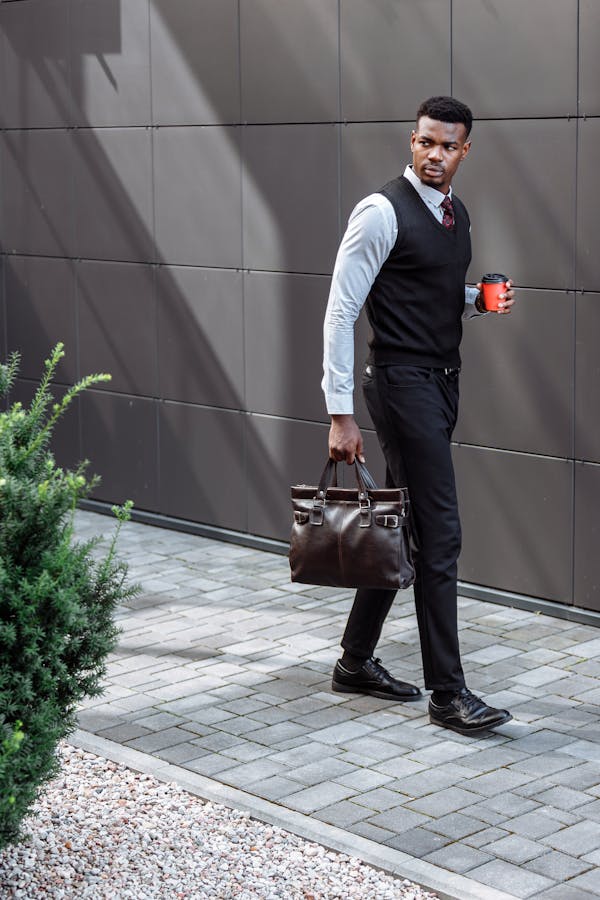

Building a Capsule Wardrobe for Work
A capsule wardrobe for office wear consists of essential, interchangeable pieces that simplify daily styling.
- A tailored blazer in black or navy.
- A classic white button-down shirt.
- A versatile sheath dress.
- Neutral-colored trousers and skirts.
- Comfortable yet stylish footwear.
Attire for Various Work Settings
The right office wear is contingent upon the type of workplace. Workers in corporate settings need formal attire, while artistic professionals can wear looser, creative clothing. Being aware of workplace settings will assist in finding the ideal outfit.
Seasonal Adjustments in Office Wear
Spring: Pastel-colored suits, lightweight blouses, and loose trousers are suitable. Cardigan or blazer layering adds convenience.
Summer: Linen blazers, sleeveless blouses, and knee-length skirts provide comfort while maintaining a professional demeanor.
Autumn: Outfits in earthy tones, fitted wool trousers, and fashionable coats make for a sophisticated look.
Winter: Layering is key; woolen coats, turtlenecks under blazers, and leather boots provide warmth without losing style.
Choosing the Right Fit for Professional Attire
Ill-fitting clothing can detract from the effect even of the most sophisticated office wear. Altering suits, dresses, and trousers to fit body shape builds confidence. Essential things to pay attention to:
Correctly aligned shoulder seams.
Legs with the right break over the shoes.
Dresses and skirts cutting the right length for a professional finish.
Modern Twists on Traditional Office Wear
Fashion changes, and including modern elements in classic styles keeps office wear fresh. Power suits now have bold colors, asymmetrical cuts, and unique textures. Wide-leg pants and tailored blouses redefine the femininity of corporate clothing, while slim-fit jackets with stretch materials provide ease for hours of work.
Why Accessories Matter in Professional Apparel
Statement Belts: Define the waist and provide shape to plain dresses.
Minimalist Jewelry: Adds sophistication without distraction.
Scarves: Add seasonal utility while dressing up an outfit.
Handbags: Organized leather bags provide a touch of organization and sophistication.
Selecting the Right Work Shoes
Shoes must be a combination of style, comfort, and longevity. The best choices are:
Classic Pumps: Ideal for business environments.
Loafers: Comfortable and stylish for everyday wear.
Block Heels: Provide stability and sophistication.
Ankle Boots: Ideal for colder months.
Ballet Flats: A classic, comfortable option for extended working hours.
Sustainable Office Fashion
Green office attire is on the rise, with companies emphasizing organic cotton, recycled materials, and fair production methods. A selection of timelessly versatile, good-quality clothing minimizes waste and promotes responsible fashion habits.
Cultural Impacts on Business Wear
Regions have varied styles of professional wear. In European offices, smooth suits prevail, whereas modest and neutral-colored clothing prevails in Asian business environments. Cues on culturally diverse office wear improve international business relations.
Shifting Office Attire from Day to Night
Working professionals usually need attire that can shift from office to night activities. A carefully selected blazer can be taken off to expose a chic dress, while a change from office flats to stilettos immediately elevates the style. Statement earrings and a clutch purse can turn a formal attire into a sophisticated night look.
The Psychology of Colors in Office Attire
Color selection impacts impressions in the workplace.
Navy Blue: Symbolizes trust and intelligence.
Black: Oozes authority and sophistication.
White: Speaks of simplicity and clarity.
Grey: Communicates balance and neutrality.
Burgundy: Brings confidence and depth to a piece of clothing.
The Impact of Office Fashion on Productivity
Research indicates that dressing well has a positive influence on productivity and self-confidence. Workers who are confident about their attire are more productive and motivated in the workplace. Organizing clothes reduces decision fatigue, enabling professionals to concentrate on work effectively.
Office Wear for Longevity
Correct Storage: Hanging structured jackets avoids creasing.
Fabric Maintenance: Adhering to washing guidelines ensures longevity.
Shoe Preservation: Cleaning and conditioning leather shoes prolongs durability.
Steam Ironing: Maintains suits and dresses free of wrinkles for that sleek appearance.
Office Wear Trends of the Future
Fashion innovations fueled by technology, including wrinkle-free materials and intelligent fabrics, are redefining the future of professional attire. Gender-neutral office wear, eco-friendly collections, and adaptive designs for various body shapes are setting new trends in corporate fashionThe Future of Office Fashion
With workplaces becoming more flexible, office wear trends continue to shift toward hybrid fashion. Professionals now seek attire that transitions seamlessly from work to social settings, focusing on versatile, functional, and stylish clothing choices.
Staying updated with modern office wear trends ensures that professionals maintain a confident and polished look while embracing comfort and self-expression in the workplace.
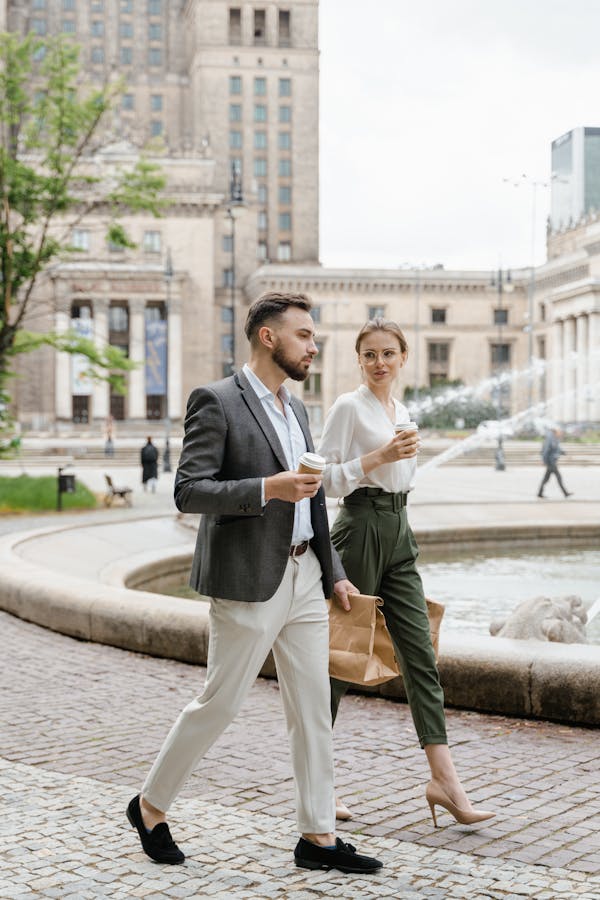

Main Trends in 2025 Work Attire
Office attire in 2025 is changing to combine comfort and style, enabling professionals to be themselves while looking put together. These are the main trends defining workplace style this year:
Smart Casual Revamp:
The smart casual trend has had a high-tech revamp, incorporating sharp tailoring with comfortable items. Smart casual accentuates comfort while not compromising on professionalism, and as such, suits many office settings. Combination of crisp pants with a comfortable polo or fashionable T-shirt gets the combination of cool and crisp just right.
Oversized Blazers:
A workwear fashion favorite, oversized blazers remain on top. They are both comfortable and authoritative, with versatility in their style. From being draped over suit pants to jeans, oversized blazers can make any piece of clothing better while providing comfort all day long.
Lavish Fabrics:
Silk and satin fabrics are penetrating daily office wear, incorporating some glamour. Satin blouse or silky slip dress worn underneath a blazer is capable of dressing up a generic work attire in a sophisticated way.
Bold Patterns and Colors:
Bright colors like hot reds and electrifying blues are in vogue, providing a dynamic contrast to monochromatic tones. Bold colors can add personality to your office attire without dominating the entire ensemble. Graphic stripes are also on their way back, bringing with them an energetic yet professional flair to business attire.
Pieces Your Office Closet Must Have
In order to construct an efficient office wardrobe in 2025, include these must-have pieces:
Tailored Trousers: Invest in well-fitted trousers that compliment your body shape. Choices such as high-waisted versions or wide-leg styles can be both comfortable and fashionable.
Classic Blouses: A set of classic blouses in several colors and textures will be good staples. Find options that incorporate special details such as ruffles or asymmetrical styles to mix things up.
Statement Waistcoats: Waistcoats are becoming trendy again as solo statement items. They can provide structure to an outfit when worn with trousers or over shirts, topping your general look without compromising professionalism.
Matching Sets: Co-ords, as coordinated outfits are known, make dressing easier while presenting you as put-together. Whether a blazer and matching trousers or a top with a skirt, these are easy to style.
Accessories are important in finishing your office attire. Some essentials include:
Quality Footwear: Select comfortable yet stylish shoes that fit your office dress code. Loafers, mules, or low-heeled boots can offer comfort and sophistication.
Minimalist Jewelry: Select simple jewelry that provides elegance without being distracting. Delicate necklaces or stud earrings that add a touch of elegance to your outfit are good options.
Structured Bags: A structured bag not only has practical functions but also improves your overall look. Choose bags that are both functional and fashionable to match your outfit.
Dressing for Your Industry
It is important to know the standards of your particular industry when choosing office attire. Various industries have different expectations for clothing:
Corporate Settings: In more conservative areas like finance or law, corporate professional wear is the norm. This usually consists of a fitted suit or dress with conservative accessories.
Creative Fields: Areas such as marketing or design provide greater leeway in terms of what you can wear. With these areas, you can test out colors and styles while still being professional.
Tech Startups: Tech settings have casual dress codes, where being comfortable is more of a priority than being formal. Nevertheless, it’s still essential to look good; go for well-groomed casual attire that speaks of your personality.
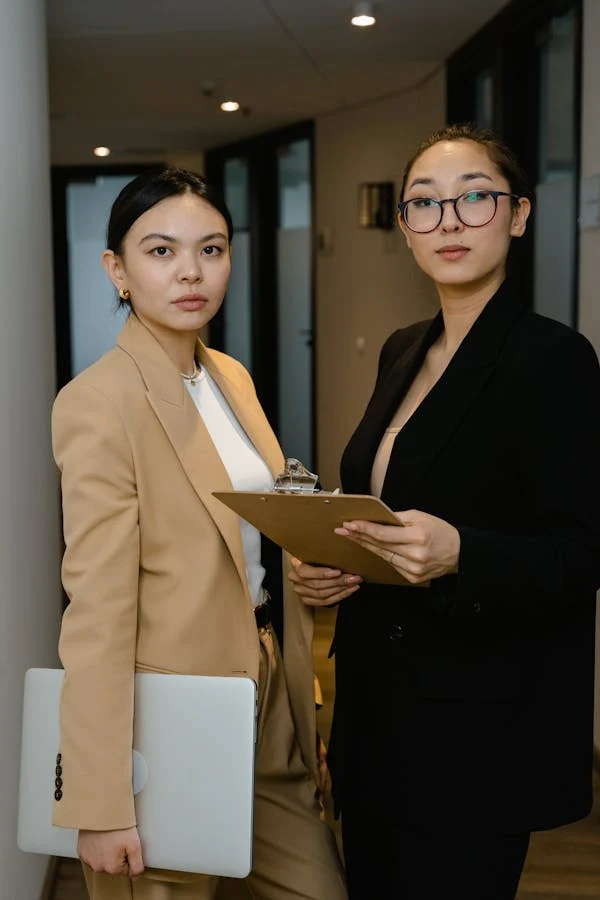

The Psychological Impact of Dressing Well
Studies show that what we wear can impact our productivity and how we feel about ourselves during work. Dressed in a professional manner, confidence and performance levels are boosted because of so-called “enclothed cognition”—the psychological effect by which the way we wear clothes affects cognitive processes.
First Impressions Matter: Decisions made in the first few seconds of seeing someone new hinge on appearance. Dressed professionally, it sends the message that you’re serious and competent and how others see you at work.
Increasing Productivity: Research has indicated that workers who look good are more likely to feel confident and productive in the workplace, resulting in higher levels of productivity. This highlights the need to dress according to office standards.
Green Workwear Options
With the growing concern for sustainability in fashion, more and more professionals are looking for greener alternatives for their work clothes:
Ethical Brands: Choose brands that value ethical production methods and eco-friendly materials like organic cotton or recycled material. Not only are these better for the planet, but they also promote fair labor in the fashion world.
Quality Over Quantity: Spending money on quality items constructed from sustainable materials guarantees long-term wear in your closet and less waste from fast fashion.
Conclusion
Office fashion is a representation of one’s style and professionalism. Dress code knowledge, investing in quality designs, and mixing comfort with sophistication contribute to the ideal workplace wardrobe.
Raising your office wardrobe in 2025 means embracing the main trends with consideration of comfort and professionalism. By including must-have pieces, learning industry-specific expectations, and making eco-friendly decisions, you can develop a fashionable yet practical work wardrobe that communicates your personal brand and boosts your confidence in the workplace.
